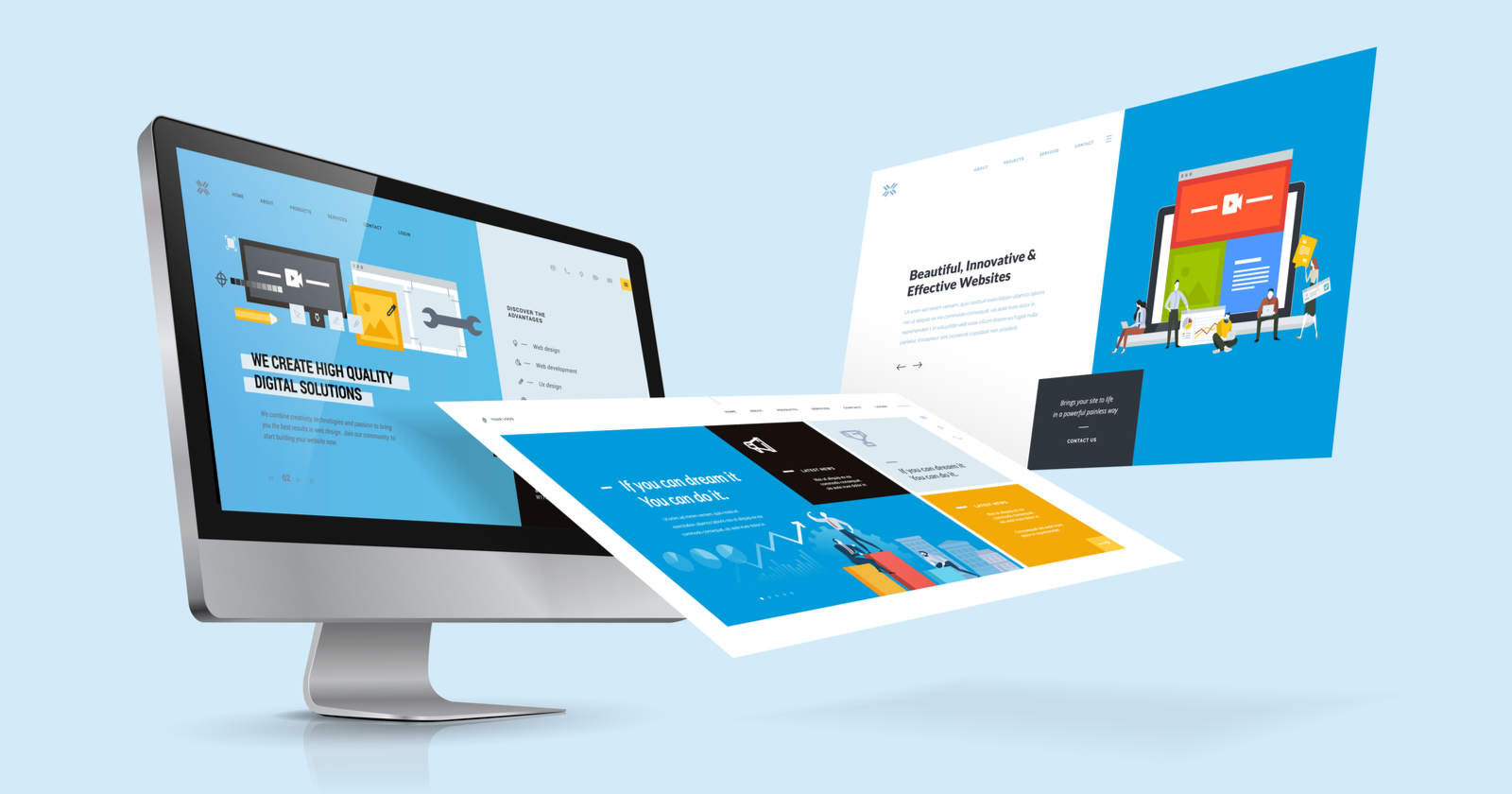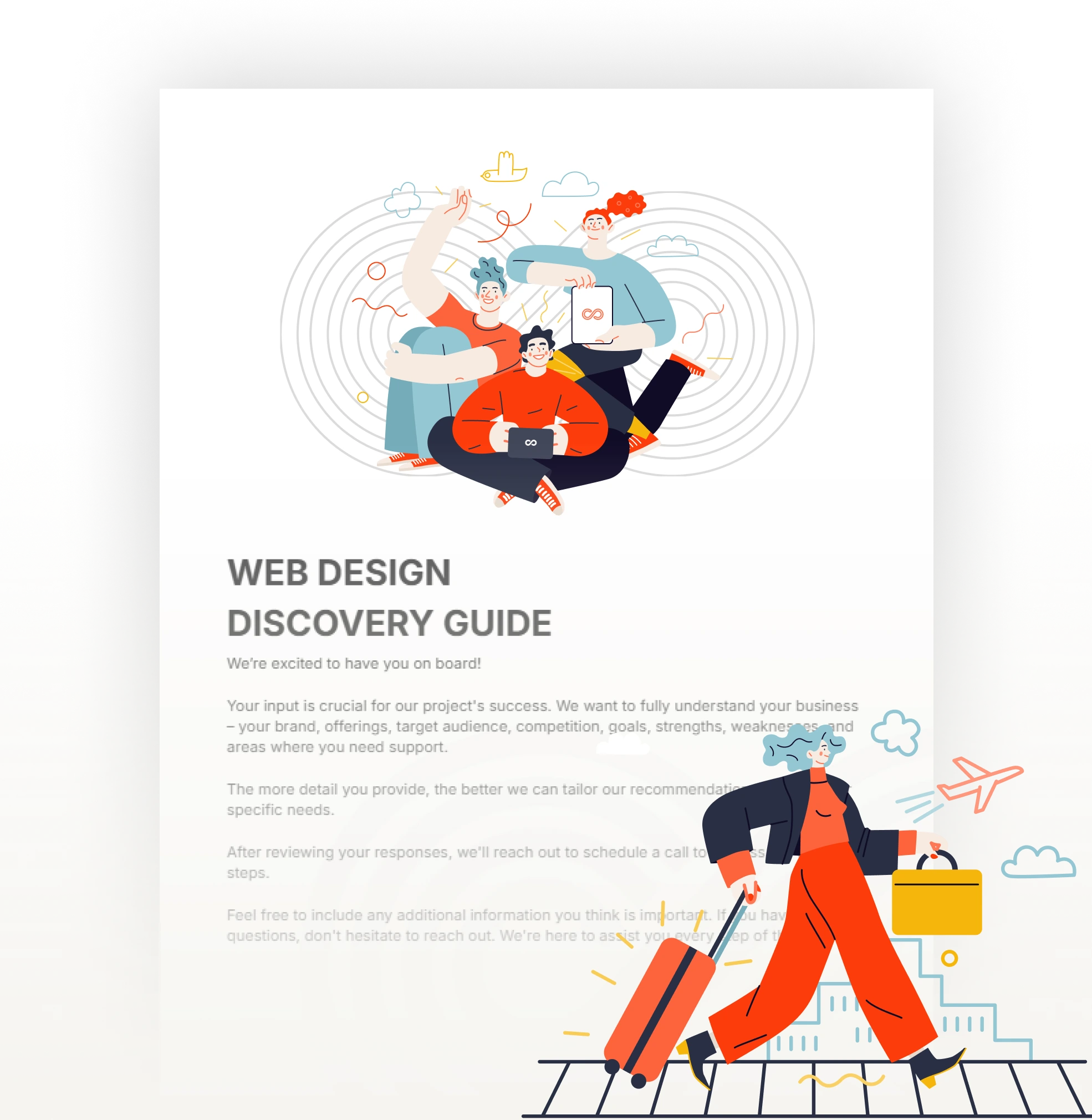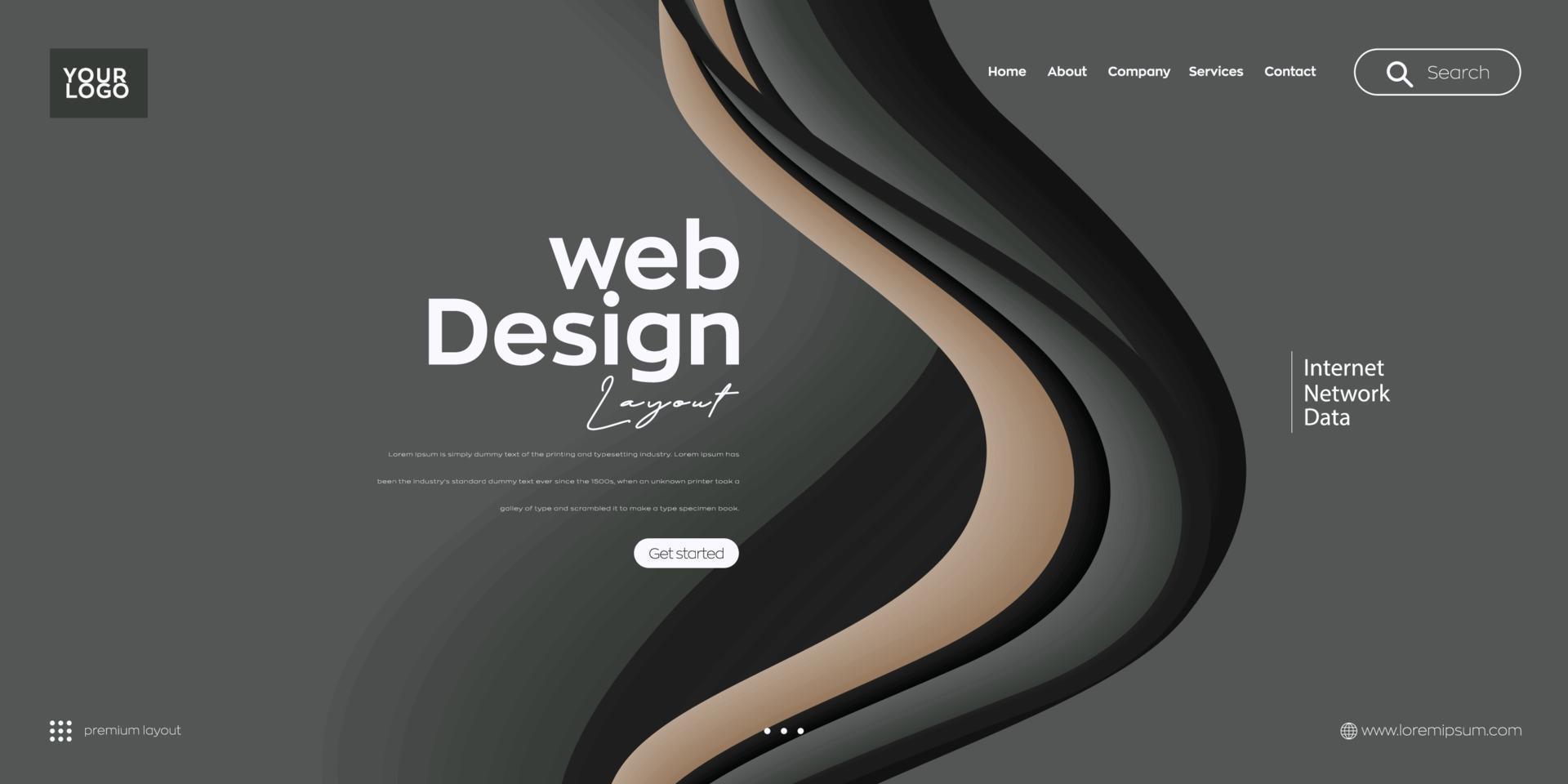Professional Aligned Position Web Design: Custom Websites Tailored to Your Business Needs
Professional Aligned Position Web Design: Custom Websites Tailored to Your Business Needs
Blog Article
The Ideal Sorts Of Website Design to Enhance Customer Experience and Involvement
In the ever-evolving landscape of digital interaction, the effectiveness of Web design considerably affects customer experience and engagement. Numerous style methods, such as minimal, responsive, and interactive designs, each deal special advantages that can cater to varied user requirements.
Minimalist Website Design
As digital landscapes become increasingly cluttered, minimal Web layout has become a powerful method to boosting individual experience. This style ideology prioritizes simplicity, focusing on essential components while eliminating unneeded disturbances. By using sufficient white space, simple navigating, and a minimal color palette, minimal design promotes clearness and routes user interest to key material.
The core principle of minimalist Web style is to create a seamless interaction for customers. By lowering cognitive load, individuals can quickly understand information without really feeling overwhelmed. This direct method not only improves use but also urges involvement, as visitors are more probable to explore a site that is simple and aesthetically appealing to browse.
Furthermore, minimalist design commonly highlights typography and images, utilizing these aspects tactically to convey messages efficiently. This emphasis on necessary components can boost brand identification and develop an unforgettable user experience. Fundamentally, minimalist Web style is not simply a fad; it is a thoughtful approach that identifies the value of user-centered style. By removing away peripheral aspects, developers can create an extra interesting, efficient, and pleasurable Web experience for all individuals.
Receptive Web Layout
In today's varied electronic environment, receptive website design has actually ended up being important for producing a seamless customer experience throughout a multitude of gadgets. As users access websites on mobile phones, tablets, laptops, and desktops, the capacity of an internet site to adapt its design and material to different display sizes and resolutions is vital.
Receptive Web style uses versatile grids, images, and CSS media queries to make certain that Web material is presented efficiently, despite the device utilized. This approach not only enhances the aesthetic allure of a site yet also substantially boosts usability. Users are most likely to engage with a website that offers a regular experience, as it gets rid of the disappointment of needing to focus or scroll excessively.
Additionally, search engines, consisting of Google, focus on mobile-friendly web sites in search rankings. By adopting responsive design, companies can boost their presence and reach a broader audience. This approach also streamlines site upkeep, as a single variation of the website can deal with all gadgets, reducing the need for multiple variations. In recap, receptive Web design is an essential practice that boosts individual experience, interaction, and total contentment.
Interactive Website Design
Receptive Web layout lays the groundwork for boosting user experience, but interactive Web design takes this an action further by involving users in an extra vibrant means - Aligned Position Web Design. By incorporating aspects such as animations, clickable models, and real-time feedback, interactive website design captivates users, drawing them into a richer surfing experience
This method not only fosters engagement however likewise urges users to discover material actively as opposed to passively consuming it. Strategies such as gamification, where users gain rewards for completing jobs, can substantially improve the moment invested in a site and boost overall fulfillment. Interactive features can simplify complex information, making it much more absorbable and satisfying.

Including interactive style aspects can also bring about greater conversion prices, as customers are more probable to involve with a website that proactively entails them. Aligned Position Web Design. Ultimately, interactive website design transforms user experiences right into remarkable journeys, making certain that site visitors return time and once more
Flat Design
Identified by its minimalistic technique, level layout stresses simpleness and performance, removing unnecessary components and concentrating on crucial features. This design ideology focuses on functionality, making sure that customers can navigate user interfaces with convenience and performance. By employing a tidy visual, level layout eliminates the mess usually located in a lot more ornate styles, thus boosting user focus on web content and capability.
The characteristic of level style exists in its usage of bold colors, straightforward typography, and geometric forms. These components add to a visually attractive interface that is both approachable and modern-day. In addition, flat style promotes a feeling of clearness, enabling customers to determine vital actions and info without distraction.
Furthermore, flat style is particularly reliable in receptive Web style, as its simplicity converts well throughout different gadgets and screen dimensions. By concentrating on vital attributes, level layout not just fulfills individual demands however also motivates smooth communication, making it an important element of reliable Web layout approaches.
Adaptive Website Design
Adaptive website design tailors the individual experience by producing several repaired formats customized to different display dimensions and devices. Unlike responsive design, which fluidly readjusts a single format, flexible design utilizes distinct formats for specific breakpoints, making sure optimum discussion on different systems. This technique allows developers to concentrate on the one-of-a-kind attributes of each device, improving functionality by delivering specifically what individuals need based on their context.
One of the key benefits of flexible Web layout is its capability to enhance load times and efficiency. By offering tailored material and photos that fit the individual's gadget, internet sites can reduce data use and enhance loading speeds. This is specifically useful for individuals with slower connections or minimal information strategies.

In addition, adaptive design promotes an extra controlled and consistent branding experience. Because designers develop several layouts, they can make sure that the visual aspects straighten with the brand's identification across various platforms - Aligned Position Web Design. This causes a cohesive user experience, enhancing interaction and advertising individual retention
Conclusion
Minimal layout cultivates clearness and focus, while receptive design ensures flexibility throughout numerous devices, advertising availability. Collectively, these style comes close Source to add to the production special info of user-friendly environments that not only improve contentment yet also drive higher conversion prices, emphasizing their essential relevance in modern Web style methods.

Minimalist design promotes clarity and emphasis, while responsive design ensures versatility throughout various gadgets, promoting availability. Collectively, these design comes close to add to the production of user-friendly environments that not just improve complete satisfaction yet additionally drive greater conversion rates, emphasizing their vital relevance in modern Web layout approaches.
Report this page